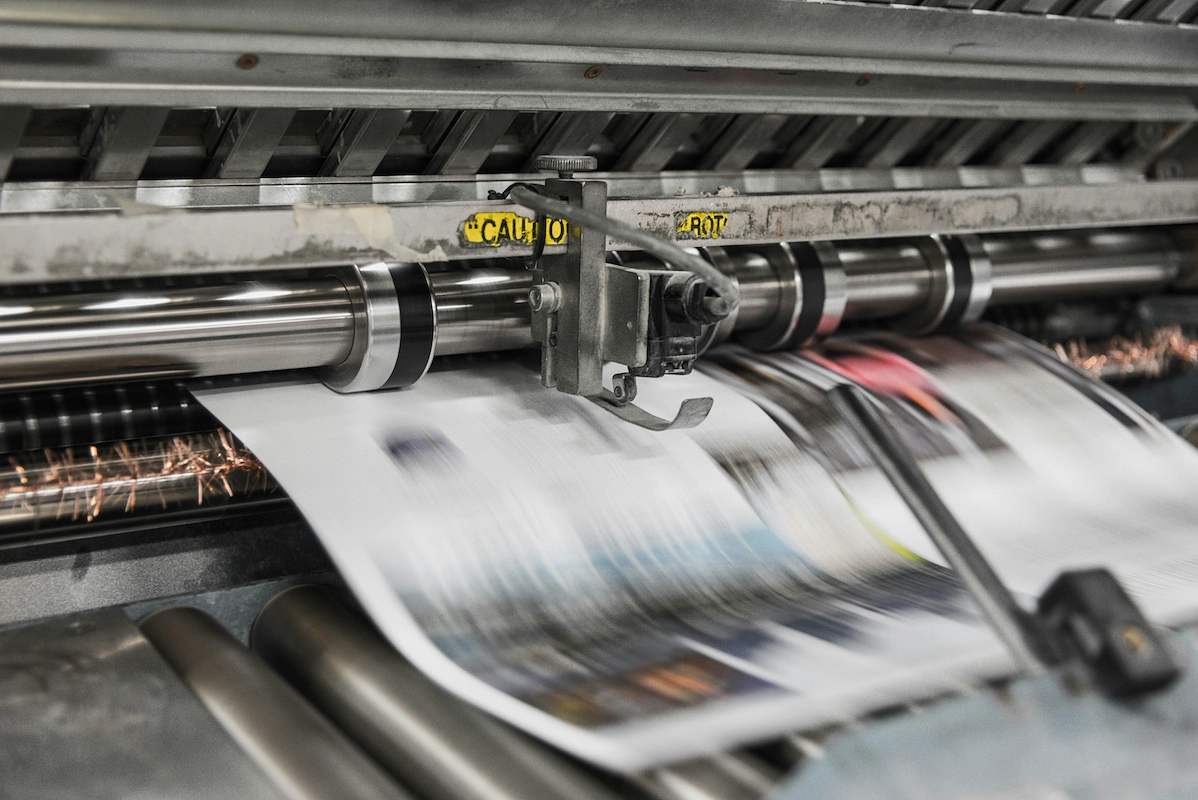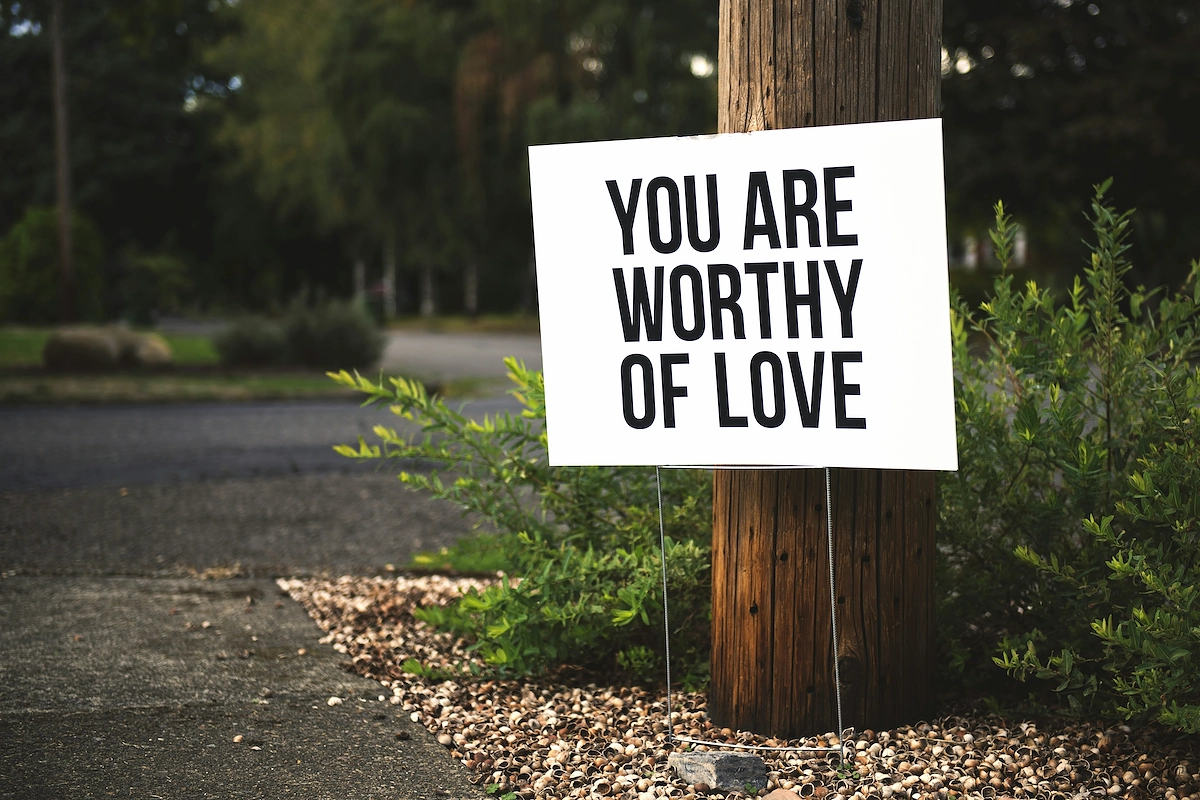Starting a sublimation business is a rewarding venture that blends creative design skills with smart business planning. The global market for custom products is worth billions, and there's steady demand for personalized items like apparel, drinkware, and home decor for gifts, corporate branding, and special events.
This guide will take you through the practical steps of validating your business idea, acquiring the right equipment, building supplier relationships, and obtaining the necessary permits to help you launch a successful sublimation business in the U.S.
Step 1: Plan your business and validate your idea
Start by exploring niches on platforms like Etsy and Amazon Handmade. Look for top-selling items and underserved categories. You can also use Google Trends to compare search interest for products like "personalized tumblers" versus "custom photo slates" to gauge market demand over time.
Next, identify your direct competitors. Use a free account on a platform like Semrush to see what keywords online stores rank for. For local competition, a simple Google Maps search for "custom gifts" or "print shop" will show you who is operating in your area.
Create your startup budget
Startup costs can range from $1,500 to $3,500. A frequent misstep is to purchase a low-quality heat press to save money, which often results in inconsistent quality and wasted inventory. It is better to invest in reliable equipment from the start.
Expect to spend $600-$1,500 on a dedicated sublimation printer like a Sawgrass or Epson F-series model. A quality heat press will be $300-$800. Initial inks, paper, and a starter set of blank products will add another $500-$700 to your budget.
Here are 3 immediate steps to take:
- Research three potential product niches on Etsy and check their search volume on Google Trends.
- Analyze two online competitors to understand their popular products and marketing approach.
- Draft a startup budget that includes costs for a printer, heat press, and initial supplies.
Step 2: Set up your legal structure and get licensed
Choose your business structure
You might want to form a Limited Liability Company (LLC). This structure separates your personal assets from business debts. Many new owners operate as a sole proprietor, but this choice puts your personal finances at risk if the business faces legal issues.
An LLC offers pass-through taxation, which means profits are taxed on your personal return. State filing fees for an LLC range from $50 to $500. The process can take a few days to several weeks, depending on your state.
Get your federal and state tax IDs
Once your business is registered, get an Employer Identification Number (EIN) from the IRS. It is free and the application on the IRS website takes minutes. You will need this for a business bank account and taxes.
Next, apply for a seller's permit, sometimes called a resale certificate, from your state's department of revenue. This permit allows you to buy blank products wholesale without paying sales tax. Most states do not charge for this permit.
Check local requirements
Finally, contact your city or county clerk's office for a general business license. Costs and requirements vary by location but expect to pay between $50 and $100 annually. If you plan to sell products for children, also review CPSC safety standards.
Here are 4 immediate steps to take:
- Register your business as an LLC with your secretary of state.
- Apply for a free Employer Identification Number (EIN) on the IRS website.
- Find the seller's permit application on your state's department of revenue site.
- Contact your local city hall to ask about business license fees and forms.
Step 3: Secure your business insurance
Understand your coverage needs
Start with a general liability policy. This protects you if a customer is injured or their property is damaged. For a sublimation business, you should also confirm you have product liability coverage, which is often included. This covers you if a personalized item you sell causes harm.
Expect to pay $400 to $900 annually for a policy with a $1 million limit. Also, consider business property insurance. Your homeowners policy probably will not cover your expensive equipment like the heat press, which is a fire risk. This separate coverage protects your investment.
If you hire employees, you will need workers' compensation insurance. If you use a vehicle for deliveries or business errands, you will also need a commercial auto policy. Personal auto insurance typically excludes business use.
Find the right insurance provider
You can get quotes online in minutes from providers that focus on small businesses. Look at companies like Hiscox, The Hartford, and Next Insurance. They understand the risks of a home-based operation. Many people assume their homeowners policy is enough, but it rarely covers business-related claims.
Here are 4 immediate steps to take:
- Get quotes for a $1 million general liability policy.
- Ask providers if product liability is included in their general policy.
- List your equipment and its value for a business property insurance quote.
- Compare quotes from at least two providers like Hiscox or The Hartford.
Step 4: Set up your workspace and buy equipment
Find your workspace
A home-based setup is perfect for starting. You will want a dedicated area of about 100-150 square feet. This gives you enough room for a workbench, your printer and heat press, and storage for blank items and shipping supplies.
Before you buy anything, check your local zoning regulations for "home occupation" rules. Also, ensure the space has good ventilation. The sublimation process creates fumes, so an open window or an air purifier is a good idea for your work area.
Purchase your gear and supplies
Your main purchases are a sublimation printer and a heat press. A Sawgrass SG500 costs around $600, while an Epson F-170 is about $500. For a heat press, a 15x15 inch clamshell model from a brand like HPN is a solid start and runs $300-$500.
A frequent misstep is buying a cheap, unbranded heat press from a marketplace. These often have inconsistent temperatures, which leads to blotchy, unsellable prints. Investing a bit more in a reliable press saves you money on wasted inventory down the road.
With your hardware sorted, you can connect with suppliers. Companies like JDS Industries and Conde Systems are popular in the industry. They have low or no minimum order quantities, which allows you to buy small sample packs to find the products you like best.
Here are 4 immediate steps to take:
- Measure your workspace to confirm it is at least 100 square feet.
- Research two heat press models from a reputable supplier like Heat Press Nation.
- Create an account with a wholesale supplier like JDS Industries or Conde Systems.
- Check your city's website for "home occupation" permit information.
Step 5: Set up your payment processing
Set up your payment system
For custom orders, it is standard to require a 50% deposit upfront. This covers your initial cost for blank products. The remaining balance is then due upon completion or before you ship the final product.
When you compare payment options, focus on low transaction fees and no monthly costs. Many providers charge between 2.5% and 3.5% per transaction, which can eat into your profits, especially when you are just starting out.
For a sublimation business that needs to accept payments on-site or on-the-go, JIM offers a streamlined solution. With JIM, you can accept debit, credit, and digital wallets directly through your smartphone. Just tap and you are done.
At just 1.99% per transaction with no hidden costs or extra hardware needed, it is particularly useful for selling at craft fairs, local markets, or taking deposits on-site for large custom orders.
- Get Started. Download the JIM app for iOS.
- Make a Sale. Type the sales amount, hit sell, and ask your customer to tap their card or device on your phone.
- Access Funds. Your money is available right on your JIM card as soon as the sale is done. There is no wait for bank transfers.
Here are 3 immediate steps to take:
- Decide on your payment terms, like requiring a 50% deposit for custom work.
- Compare payment processing rates, looking for options below the typical 2.5% fee.
- Download the JIM app to see how mobile payments work on your phone.
Step 6: Secure funding and manage your finances
An SBA Microloan is a good place to start. These loans go up to $50,000, with interest rates typically between 8-13%. They are designed for new businesses that need to fund equipment and initial inventory, which fits a sublimation startup perfectly.
You should also plan for about $3,000-$5,000 in working capital to cover your first six months. This fund handles ongoing costs like ink, blank products, and shipping supplies. Many owners focus on the big press purchase but run out of cash for the inventory needed to fulfill orders.
Explore grants and alternative funding
Beyond loans, you can also explore grants. While grants require a strong application, they provide debt-free funding. Look into programs like the Amber Grant for women-owned businesses. Your local Small Business Development Center (SBDC) is another resource for finding regional grants.
Here are 4 immediate steps to take:
- Research the SBA Microloan program to review its requirements.
- Calculate your working capital needs for the first six months of operation.
- Check the eligibility criteria for a program like the Amber Grant.
- Contact your local SBDC to ask about regional grant opportunities.
Step 7: Hire your team and set up operations
Your first hires
Once you consistently process 15-20 orders a week, you might want to hire a part-time Production Assistant. This person will handle printing, operating the heat press, and packing orders. Expect to pay between $16 and $22 per hour for this role.
Many new owners try to save money with low wages, but this often leads to costly mistakes and reprints. A detail-oriented assistant is a better investment. Training is on-the-job, so focus on finding someone reliable who can follow a process carefully.
You may also need a freelance Graphic Designer to clean up customer artwork or create designs. You can find skilled designers on platforms like Upwork for $25-$40 per hour. This saves you from purchasing and learning complex design software yourself.
Streamline your workflow
To manage your orders, you can use a simple project board. A free platform like Trello lets you create columns for each production stage, such as "Order Received," "In Production," and "Shipped." This visual tracker helps you and your team see what needs to be done.
Since there are no formal certifications for sublimation, create your own training guides. A simple, one-page checklist for each product you make ensures consistency. It should outline press time, temperature, and pressure settings for your new hire to follow.
Here are 4 immediate steps to take:
- Draft a job description for a part-time Production Assistant.
- Calculate the weekly cost of an assistant for 10 hours at your target pay rate.
- Set up a free Trello board with columns for your production stages.
- Create a training checklist for your most popular product.
Step 8: Market your business and get customers
Build your online presence
Focus on visual platforms. Set up business accounts on Instagram and Pinterest to showcase your products. Short videos that show your sublimation process, like a time-lapse of a mug press, perform very well on Instagram Reels and TikTok and can attract your first followers.
Your Etsy store will likely be your primary sales channel. A typical conversion rate on Etsy is 1-3%, so for every 100 views, you can expect 1-3 sales. Many new sellers fail here because of poor product photos. Use natural light against a simple, uncluttered background to make your items look professional.
Connect with your local community
You can find your first bulk orders through local partnerships. Approach real estate agents, small businesses, or school sports teams. Offer to create a small sample pack of branded items, like keychains or mugs, to show them the quality of your work.
A successful campaign for a new seller often involves a social media giveaway. You could partner with a local blogger or influencer to offer a personalized item to their followers. This is a low-cost way to build brand awareness and drive traffic to your online store.
Here are 4 immediate steps to take:
- Set up an Instagram Business account and post three videos of your production process.
- Create five product listings on Etsy using high-quality photos taken in natural light.
- Identify two local businesses or schools to approach for a potential partnership.
- Draft a giveaway idea you could pitch to a local influencer or community group.
Step 9: Price your products and services
A good starting point is the cost-plus pricing model. Add up your costs for a blank item, ink, and paper. For a mug that costs you $3 in materials, a 300-400% markup is standard. This puts your retail price between $9 and $12.
This markup should give you a profit margin of 50-75%. Many new owners forget to factor in their time. If a custom design takes you 30 minutes, you might want to add a $15 design fee or build that cost into your product price.
Analyze competitor pricing
To see if your prices are competitive, search for your product on Etsy. Review the top five listings to see their prices and shipping costs. This will show you what the market is willing to pay. Your goal is to price yourself in the middle, not at the bottom.
Once you have your single-item price, you can create a tiered structure for bulk orders. For example, you could charge $20 per tumbler for 1-5 units, but drop the price to $17 each for an order of 20 or more to encourage larger purchases.
Here are 4 immediate steps to take:
- Calculate the final price for one product using a 300% markup.
- Decide how you will charge for 30 minutes of custom design work.
- Research the prices of three similar items on Etsy or Amazon Handmade.
- Create a two-tier price list for a small and a medium-sized bulk order.
Step 10: Maintain quality and scale your operations
Establish your quality standards
Create a simple checklist for every order. It should include checks for color accuracy against the digital proof, image sharpness, and zero "ghosting" or blurring around the edges. This ensures every item that leaves your shop meets the same high standard.
You should also define your quality metrics. A good goal is to keep your reprint rate below 3%. If more than 3 out of 100 orders need a redo, review your process. For durability, test a sample of your products through 20-30 dishwasher cycles.
Plan your growth
Use order volume as your cue to expand. Once you consistently hit 80-100 orders per month, it is time to upgrade equipment or hire help. Many owners wait too long and get overwhelmed, which hurts quality and customer service.
Your first major upgrade might be a larger 16x20 inch heat press or a dedicated multi-mug press. As order volume grows, you can use software like Order Desk to pull sales from Etsy and other channels into one dashboard, which saves hours of manual work.
Here are 4 immediate steps to take:
- Create a quality control checklist for your main product.
- Set a target reprint rate, such as under 3%.
- Define the monthly order volume that will trigger your first equipment upgrade.
- Look at the features of an order management platform like Order Desk.
You now have a clear path to launch your sublimation business. Remember that success in this niche often hinges on mastering your equipment. Perfecting the time, temperature, and pressure for each product is what creates items customers love. Your creative journey starts now.
As you start to make sales, getting paid should be simple. JIM turns your phone into a card reader, so you can accept payments anywhere without extra hardware for a flat 1.99% fee. Download JIM to get set up.















